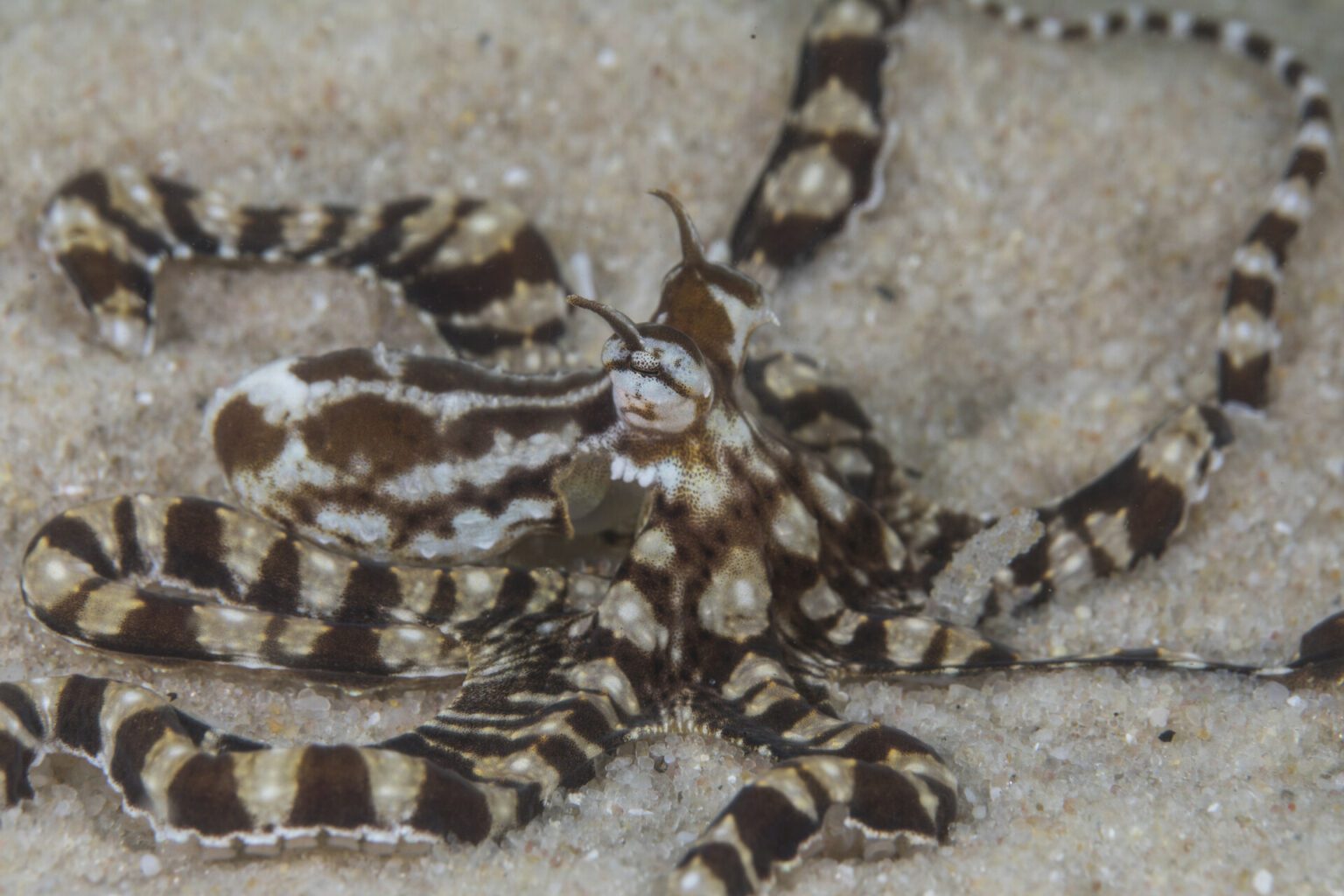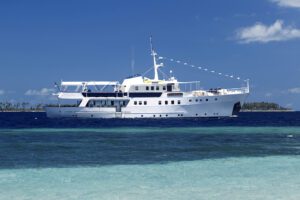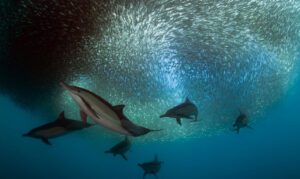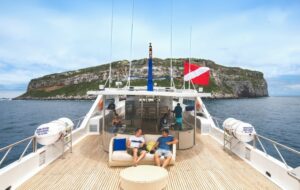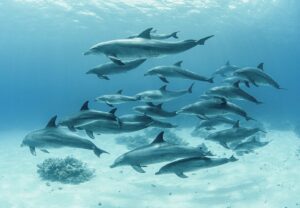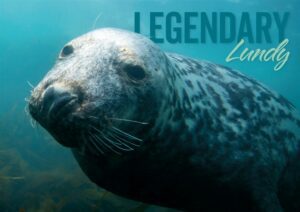Marine Biologists Surprise Discovery of The Shape-Shifting Mimic Octopus in Mozambique!
A Shape-Shifting Wonder Discovered in Africa
In a remarkable testament to the hidden wonders of the ocean, researchers at the Marine Megafauna Foundation, in collaboration with the Vilanculos Coastal Wildlife Sanctuary, have made an extraordinary discovery off the coast of Mozambique – the elusive and fascinating mimic octopus.
For the first time, the mimic octopus (Thaumoctopus mimicus), a species previously unknown in African waters, has been photographed, marking a significant range expansion of approximately 4700 kilometers from the Red Sea.
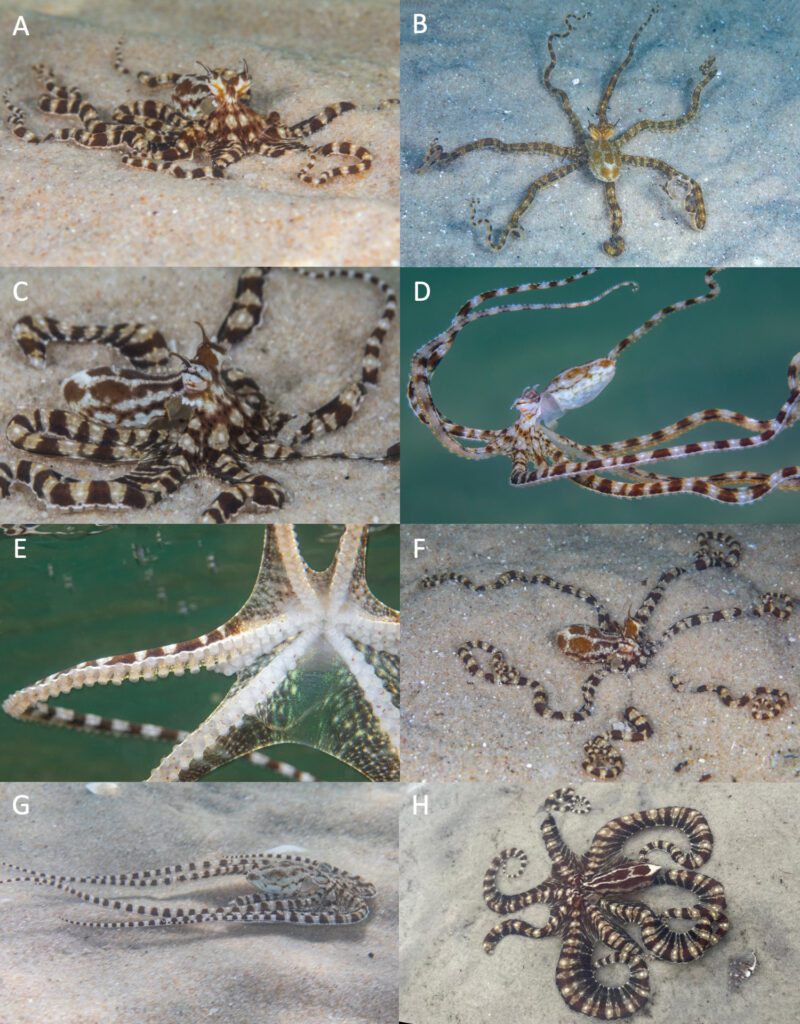
Photographic records ofThaumoctopus mimicus. (A-F) an individual sighted in the Inhamambane Estuary of the Vilanculos Coastal Wildlife Sanctuary (VCWS) in southern Mozambique in May 2020 showing: (A) frontal; (B) superior; (C,D) lateral; and (E) ventral angles, as well as coloration patterns and behaviors : (B) brittle star mimicry, (F) anemone mimicry; (G) flat fish mimicry and an individual sighted during an opportunistic beach-walking survey in the Chicuacuana area of the VCWS in May 2022 showing: (H) feather star mimicry.
The Astonishing Abilities of the Mimic Octopus
Unlike any other octopus, the mimic octopus is a master of disguise. It can transform its shape, color, and behavior to look like other marine animals such as lionfish, flatfish, sea snakes, and more. This incredible skill is not just a performance; it's a survival technique that helps the octopus to confuse predators and catch prey.
From Indonesia to Mozambique: An Unexpected Journey
Typically associated with the waters of Indonesia, the mimic octopus, first described in the 1980s, has captivated underwater photographers and marine biologists alike with its remarkable mimicry abilities. “These sightings represent a significant expansion in this species known range,” explains Andrea D. Marshall, lead author of the study and Co-founder of the Marine Megafauna Foundation. “Seeing one in Mozambique was startling; it was instantly recognizable, yet its presence here was completely unexpected.“
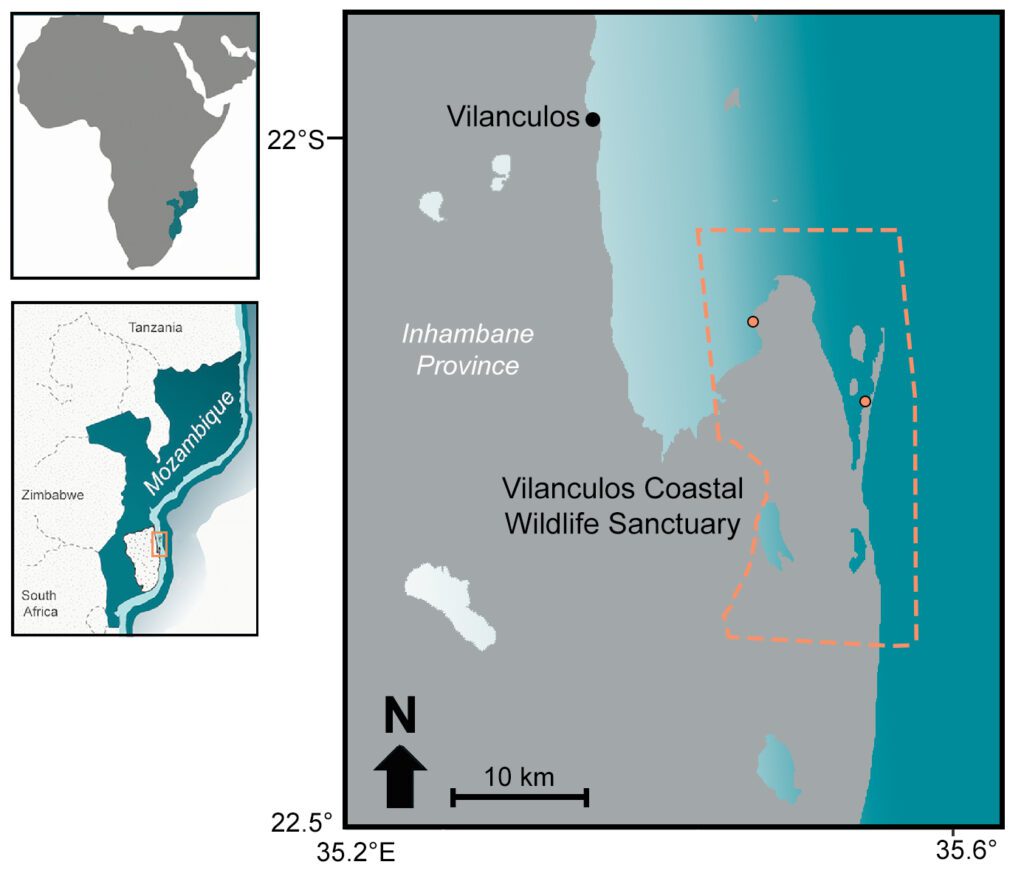
Map of the Bazaruto Seascape with Thaumoctopus mimicus, Norman & Hochberg, 2005,sighting locations indicated within the Vilanculos Coastal Wildlife Sanctuary of southern Mozambique.
A Testament to the Ocean's Mysteries
The octopuses were sighted in shallow waters of the Vilanculos Coastal Wildlife Sanctuary, exhibiting their unique behavior of mimicking other marine species. Taryn Gilroy, manager of the Sanctuary, shares her excitement: “Witnessing the mimic octopus within our Sanctuary was incredible. Its previously undocumented presence off eastern Africa underscores the richness and diversity of our marine life.“
The discovery of the mimic octopus in new waters is a call to action. It serves as a reminder of the ocean's vast and unexplored mysteries, and the need for continued research and conservation. “Discovering such extraordinary creatures in new habitats reminds us of the vast unknowns in marine environments, particularly in Africa,” Marshall adds. “We hope this finding will inspire awe and a renewed commitment to ocean conservation.“
“First photographic records of mimic octopus Thaumoctopus mimicus (Cephalopoda: Octopodidia) from southern Mozambique, Southwest Indian Ocean” was published by the Journal of the Marine Biological Association of the United Kingdom
About The Marine Megafauna Foundation
The Marine Megafauna Foundation (MMF) is a non-profit conservation organization based in Palm Beach, Florida. Founded in 2009, MMF is dedicated to the research and protection of threatened marine megafauna, focusing on large marine species like sharks, rays, and sea turtles, often referred to as ‘megafauna'. Their mission is to ensure these majestic creatures thrive in harmony with humans. With a global reach, MMF works to understand these species' intricacies and the threats they face. Discover more at www.marinemegafauna.org
About Vilanculos Coastal Wildlife Sanctuary:
The Vilanculos Coastal Wildlife Sanctuary, situated along the beautiful coast of Mozambique, is dedicated to the preservation and study of the region's rich marine life. This sanctuary plays a vital role in protecting diverse marine ecosystems, including coral reefs and mangrove forests, which are home to numerous species. Its commitment to conservation, research, and community engagement helps safeguard the ecological balance of Mozambique's coastal waters and promotes sustainable interaction between humans and marine wildlife. Discover more at www.mozsanctuary.com
Photo Credit: Andrea Marshall
